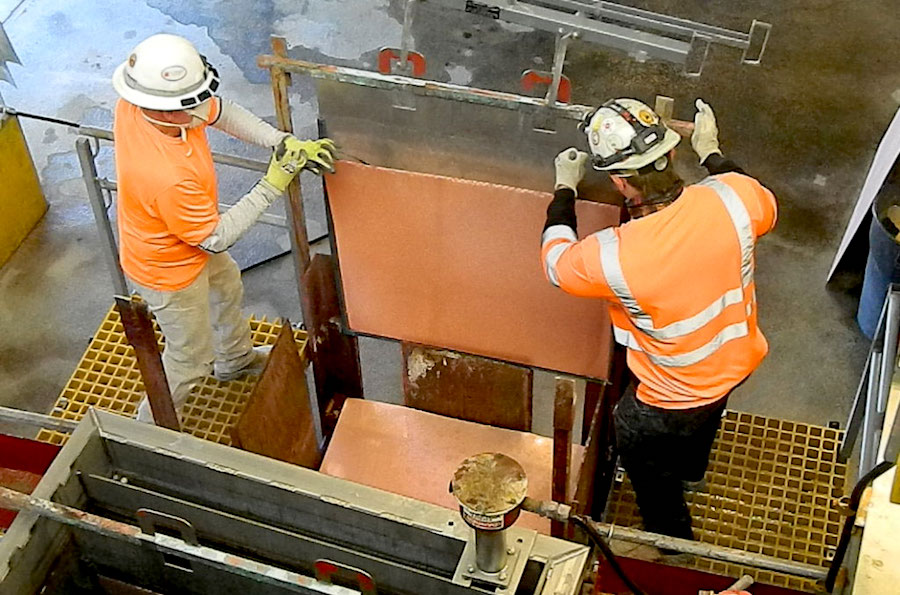Taseko’s Florence mine permit later than expected

Worried about potential groundwater contamination, officials in Florence, Arizona, have tried and failed to block Taseko’s project for almost a decade.
An appeals court earlier this year put an end to the town’s legal obstructions, which included an attempt to take Taseko’s land via eminent domain.
The company, which had expected the draft underground injection control (UIC) permit from the EPA by June 30, now says it’s not likely to happen before the end of the third quarter.
“Although that timing is later than previously expected, our understanding is there are no issues and that the agency just needs additional time to complete its internal reviews of the permit,” president and CEO Stuart McDonald said in the statement.
Once the draft permit has been issued, there will be a 30-day public comment period with a public hearing scheduled towards the end, similar to the Arizona state process he company completed last year.
NOW READ: These 25 projects will set the copper price for decades
McDonald, who recently assumed as CEO of Taseko, said the miner continues advancing engineering and procurement activities on site in the meantime. They are now preparing to make initial deposits for major processing equipment associated with the SX-EW (solvent extraction-electrowinning) plant, which McDonald says will allow them to efficiently advance mine construction once it receives the final permit.
Taseko says the technology chosen for Florence allows for a “green way” of producing copper, which aligns with President Joe Biden’s call to boost local production and his electrification plans.
Once up and running, Florence is expected to produce 85 million pounds of copper per year, which would be enough to manufacture 500,000 electric vehicles.
Production boost
Taseko also reported a 20% increase in copper production at its Pollyanna Pit in British Columbia in the second quarter, compared to the previous one.
Its Gibraltar mine, also in B.C., generated 27 million pounds of copper and 400,000 pounds of molybdenum in the second quarter. This compares with 22 million pounds of copper and 530,000 pounds of molybdenum in the first quarter.
Gibraltar is Canada’s second largest copper mine.




